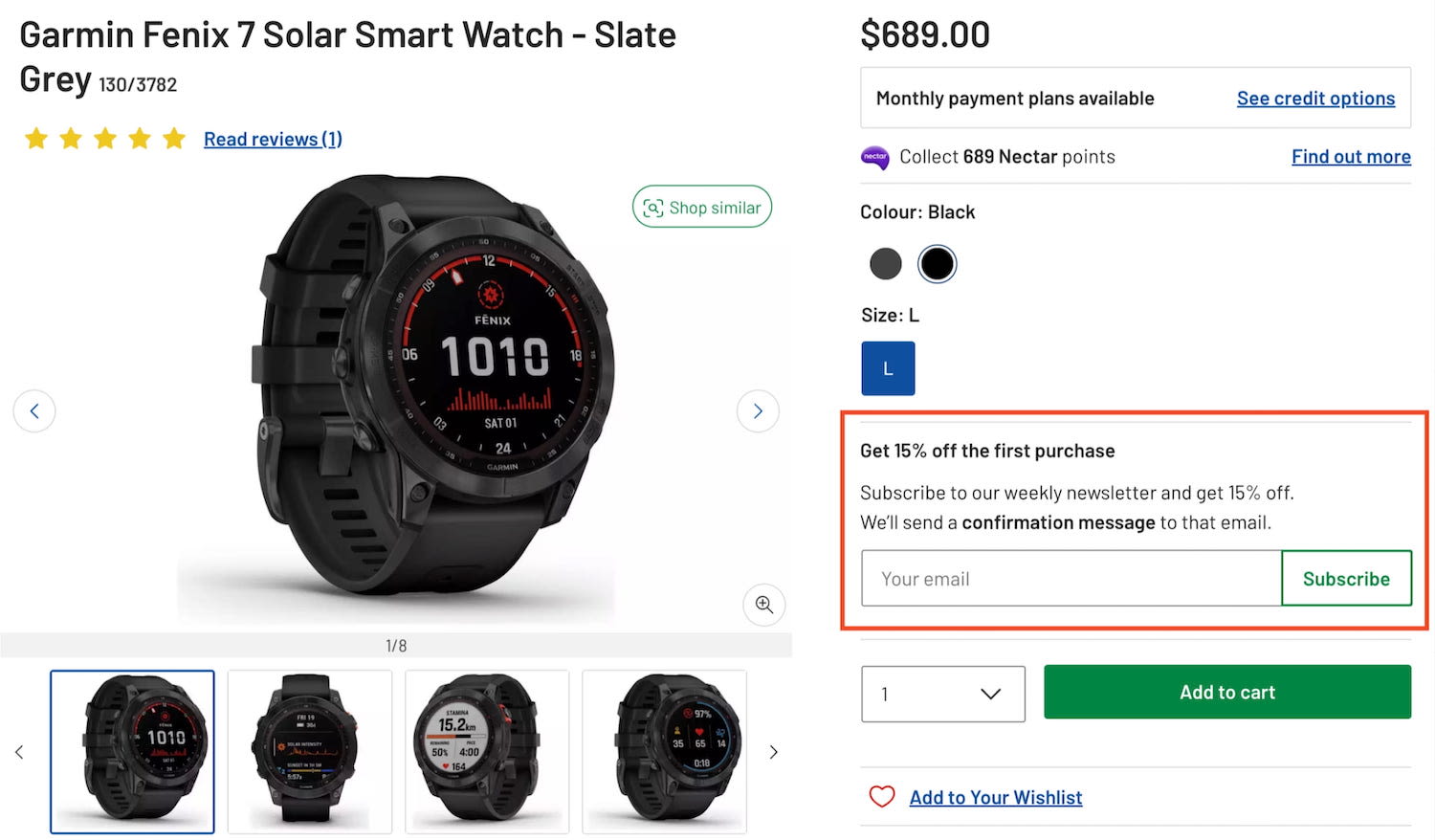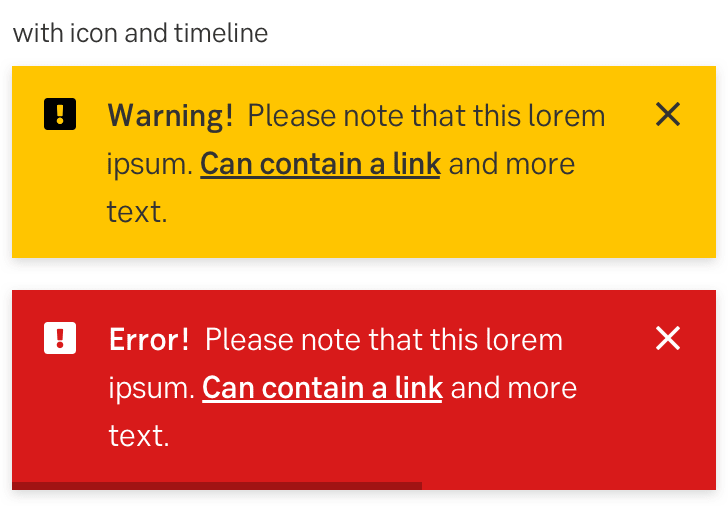Avoid Newsletter Pop-Ups, And What To Do Instead
Why newsletter pop-ups are harmful for businesses and how to gather better emails instead of disrupting customers every single time.
Newsletter pop-ups are everywhere. You’ve just landed on a website, yet here it is, a shiny newsletter pop-up, asking for your email address for reminders, updates or an exclusive 15% coupon code. People hate it, businesses love it. But does it work? As it turns out, it’s complicated.

Often newsletter pop-ups are highly ineffective for businesses and frustrating to customers. By Michal Malewicz.
The Many Shades Of Emails #
According to email statistics, on average people have 1.7–1.9 different email accounts. Some people have even more than 3 email accounts, ranging from private and work accounts to emails for newsletters and shopping.

Apparently, best time to send email is on Tuesdays. Let’s see: I’'ve decided to break the rule for this one. Large view.
They all differ significantly in opening rates and attention spans. And especially when it comes to private accounts, users tend to be more cautious and protective to avoid spam, scam and annoying promotional emails.
That’s why for businesses, it’s remarkably difficult to get a first-class email address from customers unless they’ve developed at least some trust and confidence towards that brand.
Disposable and Temporary Emails #
Of course the reason why businesses show a newsletter pop-up in the first place is to get leads. But what they are ultimately after isn’t just random email accounts, but rather getting first-class leads — email accounts that have high delivery rates, high opening rates, low bounce rates and high conversion.

One of the many: TempMail is a popular disposable email service.
Most of the time, that’s the exact opposite of what newsletter pop-ups bring. Many people are hesistant to give away a “good” email address, so they leave an email that they hardly ever use. And some audiences always use temporary or disposable email services like Temp-Mail.org — just to get a coupon code and avoid all the marketing emails.
The outcome is not very surprising: many email lists are overflown with fake, disposable, unusable leads. Even worse, at a certain scale, they are expensive to keep, and due to high bounce crates, can decrease email deliverability.
Ask For Email When It Matters To Users #
How do we solve it? When it comes to newsletters, our task is to find the right timing when customers care most about the quality and accuracy of their email address. It never happens on the homepage, and rarely on category pages. It never happens on search results pages or support pages either.
For users to care, they must feel at least somewhat invested in whatever the company is offering. And, most importantly, they should recognize the value that leaving a “good” email address would bring to them.

An example of integrated newsletter box on a product page. Large view.
Typically it happens on 5 types of pages:
📣 Promotion pages
“We’ll send a confirmation message to that email”.
🍎 Product pages
“Leave email and check out with coupon applied”.
🎟️ Sales page
“Get notified about sales and re-stocked items”.
💳 Final checkout step
“Review your address for confirmation email.”
🎉 Purchase confirmation page
“Didn’t get a confirmation? Edit your email.”
Wrapping Up #
Sprinkle newsletter boxes across these pages and measure impact. Track not just the list growth, but bounce rates, opening rates and conversion. Your goal is to be at least close to the email opening rate of 28–35%, which is a standard goal across industries.
Don’t forget to clean up temporary emails from your list — some businesses aren’t aware how expensive non-existent leads can be. You might be surprised how effective a simple change like that can be.
It’s great for customers and for businesses — without all the frustrations newsletter sign-up pop-ups bring along.



